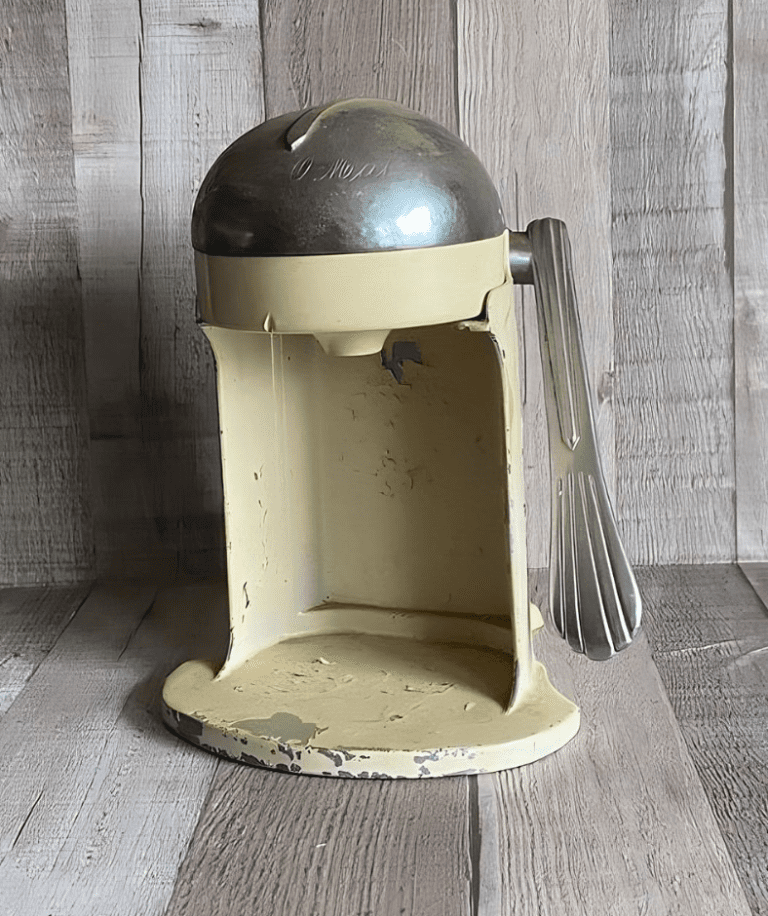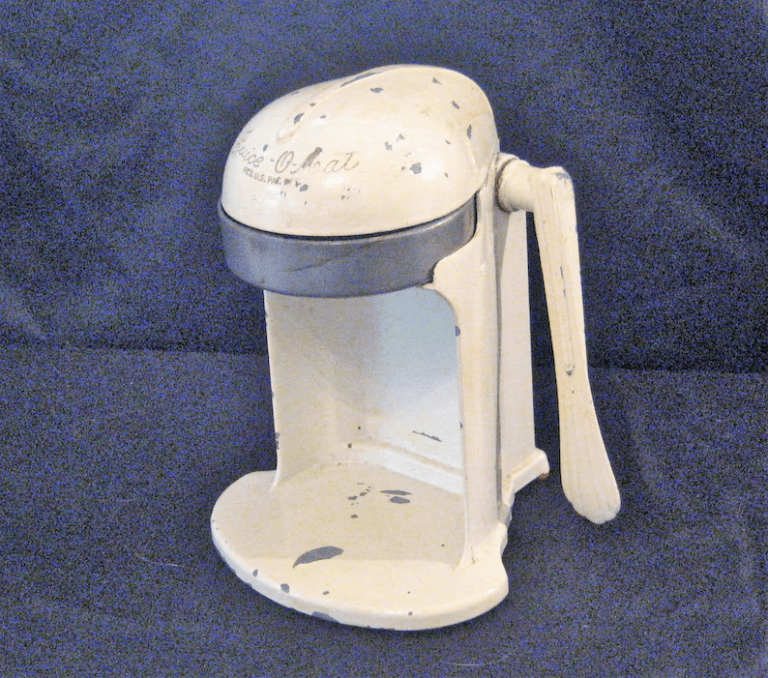Vintage juicers have a special place in kitchen history, capturing both the essence of nostalgia and the evolution of kitchen appliances. These retro tools offer more than just a glimpse into the past; they showcase the changing trends in design, engineering, and functionality. Whether you’re a collector, a health enthusiast, or simply a lover of all things vintage, there’s something truly captivating about these old-fashioned juicers.
A Glimpse into Juicing History

The concept of juicing has been around for centuries, but it wasn’t until the early 20th century that mechanical juicers began making their way into kitchens. Initially, these appliances were hand-cranked or lever-operated, designed with sturdy materials like cast iron and stainless steel to ensure durability and efficient juice extraction.
One of the most iconic vintage models is the “Juice King,” which made its debut in the 1930s. Its robust build and simple yet effective mechanism made it a popular household staple. As health consciousness increased over the years, juicers became more popular, prompting further innovation. By the mid-20th century, electric models entered the market, featuring motors to make the juicing process faster and easier. Notable brands like Champion and Norwalk became synonymous with quality and set the standard for juicing appliances.
Functionality and Practicality of Vintage Juicers
Vintage juicers were crafted with practicality and longevity in mind. Hand-cranked models, while requiring a bit of muscle power, were highly effective at extracting juice without much waste. Lever-operated juicers, on the other hand, used mechanical leverage to press fruits and vegetables more efficiently, making juicing less strenuous.
- Hand-Cranked Juicers: These models are designed for manual operation, where the user rotates a crank to squeeze juice from the produce. Though they require some effort, they deliver a more hands-on, satisfying experience.
- Lever-Operated Juicers: By utilizing mechanical leverage, these juicers allow users to press fruits and vegetables with less exertion. They became popular for their simplicity and the effectiveness of juice extraction.
- Electric Juicers: As electric models emerged, convenience reached a new level. With powerful motors, these juicers could handle larger quantities of produce, making them suitable for commercial use as well. Many came with attachments for different types of juicing, such as citrus reamers or pulp strainers, enhancing their versatility.
Despite their age, many vintage juicers continue to perform exceptionally well. Thanks to their solid construction and simple mechanisms, these appliances can last for decades if maintained properly. They are also prized for their ability to produce juice that’s often richer and more flavorful than what modern plastic juicers can offer.
The Appeal of Vintage Juicers
What makes vintage juicers so special? It’s not just about function—it’s also about the charm, craftsmanship, and history they bring to the kitchen.
- Durability and Quality: Unlike many modern appliances, vintage juicers were built to last. Made from quality materials like metal and heavy-duty plastic, they have proven to withstand the test of time. Their simple mechanisms are less likely to break, making them reliable tools even today.
- Rich Juice Flavor: Vintage juicers are often credited with producing richer, more flavorful juice. Because they work at a slower pace compared to some modern high-speed juicers, they are believed to retain more nutrients and flavor, giving you a glass of juice that’s closer to the natural taste of the fruit.
- Timeless Aesthetic: There’s something undeniably charming about the retro look of vintage juicers. Their bold colors, unique shapes, and solid designs make them both functional appliances and attractive pieces of kitchen decor.
How Vintage Juicers Influenced Modern Designs
The influence of vintage juicers can be seen in many of today’s juicing machines. Modern designs often draw inspiration from their vintage counterparts, combining the best of both worlds—classic aesthetics with contemporary technology. Many manufacturers still prioritize the use of high-quality materials and user-friendly features, much like vintage models did in the past.
- Aesthetic Inspiration: The bold, retro designs of vintage juicers continue to inspire modern manufacturers. Many new juicers mimic the look of classic models, featuring rounded edges, vibrant colors, and chrome accents.
- Emphasis on Quality: The durable materials used in vintage juicers, such as stainless steel, have influenced the materials chosen for high-end modern juicers. The focus remains on making machines that last, echoing the craftsmanship of vintage models.
- Slow Juicing Methods: Slow juicers, also known as masticating juicers, are a direct nod to the efficiency of vintage models. These machines emphasize slower, more deliberate juice extraction, much like hand-cranked vintage juicers, to preserve flavor and nutrients.
Why Vintage Juicers Are Making a Comeback

In recent years, there has been a resurgence in interest for vintage kitchenware, and juicers are no exception. Collectors, antique lovers, and even home cooks are seeking out these appliances, often restoring them to their former glory. This trend is fueled by both nostalgia and the desire for durable, functional tools that have stood the test of time.
- Restoring and Collecting: Vintage juicers are becoming popular collectibles, often found in antique shops or online marketplaces. Many people take pleasure in restoring these classic machines, appreciating the craftsmanship and history behind each piece.
- Functional Decor: Beyond their practical use, vintage juicers add a touch of retro charm to modern kitchens. Displaying a vintage juicer on the countertop not only serves as a conversation piece but also offers a functional tool for juicing enthusiasts.
The Lasting Legacy of Vintage Juicers
Vintage juicers are more than just old appliances; they’re historical artifacts that showcase the evolution of kitchen technology. They embody a time when durability and quality were paramount, reflecting the values of a past era. As both functional tools and nostalgic collectibles, vintage juicers continue to captivate the hearts of enthusiasts and collectors alike.
Conclusion
Vintage juicers offer a unique blend of charm, functionality, and history. From their sturdy construction to their timeless design, these juicers serve as a reminder of the craftsmanship that defined early kitchen appliances. Whether you’re looking to add a piece of culinary history to your collection or simply appreciate a well-made juicer, vintage models offer a lasting legacy that transcends time. They not only make a statement in today’s kitchens but also provide a richer, more flavorful juicing experience.


